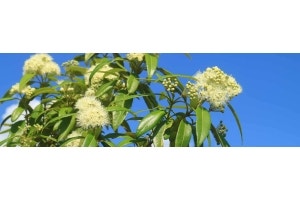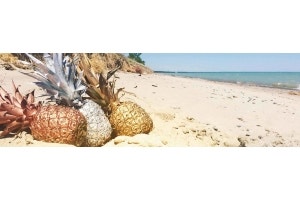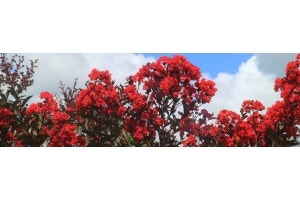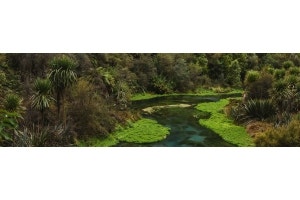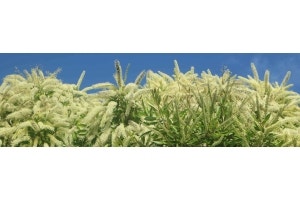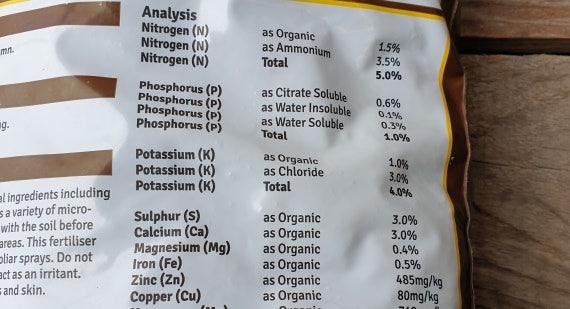
Most general and all-purpose fertilisers have a fairly equal balance of all three elements, so the plant gets a little of everything. Like a dinner plate of meat, veg and potatoes!
Some specialist fertilisers made for certain plant families, or to encourage certain growing requirements, will have less or more of one element than the others. Like a powershake for bodybuilders, or a gluten-free diet for coeliacs.
What’s in my commercial fertiliser?
Here’s what those ingredients do:
N = Nitrogen
Nitrogen encourages strong root growth, so it is ideal for young plants that need to get established and settled in their soil. Strong roots help a plant grow well in all aspects. It’s the foundation of a plant.
P = Phosphate (a form of Phosphorus)
Phosphate encourages leaf growth and health. If your plants are looking sad, a phosphate-rich fertiliser can help pick them up. It’s also good for foliage plants, which are all about the leaves.
K = Potash (a form of Potassium)
Potassium encourages flower and fruit growth. Tomato fertiliser is often high in potash, for instance, to encourage blossoms to grow and fruit to set. A high-potash feed is ideal for annual bedding, hanging baskets, patio containers – where a short burst of intense flowering is needed, and the plants aren’t required to grow long term. It's the bodybuilder's powershake.
Commercial fertilisers will also have other trace elements in them to help with certain aspects of a plant’s growth cycle, or soil preferences. You might see elements like Magnesium, Iron, or Calcium listed depending on the kind of fertiliser you have.
What plants need what kind of fertiliser?
Plants that have a flowering or fruiting period will benefit from specialised high-potash fertiliser just before the flowering/fruiting season begins, and periodically throughout.
It takes a lot of energy to produce flowers and fruits, and this kind of fertiliser will help provide that.
Look for a low or zero P number, or a specialist native fertiliser, to feed your native plants with.
You can read more about how to feed your native plants, and which plants need special care, in our post How To Feed Your Native Plants













